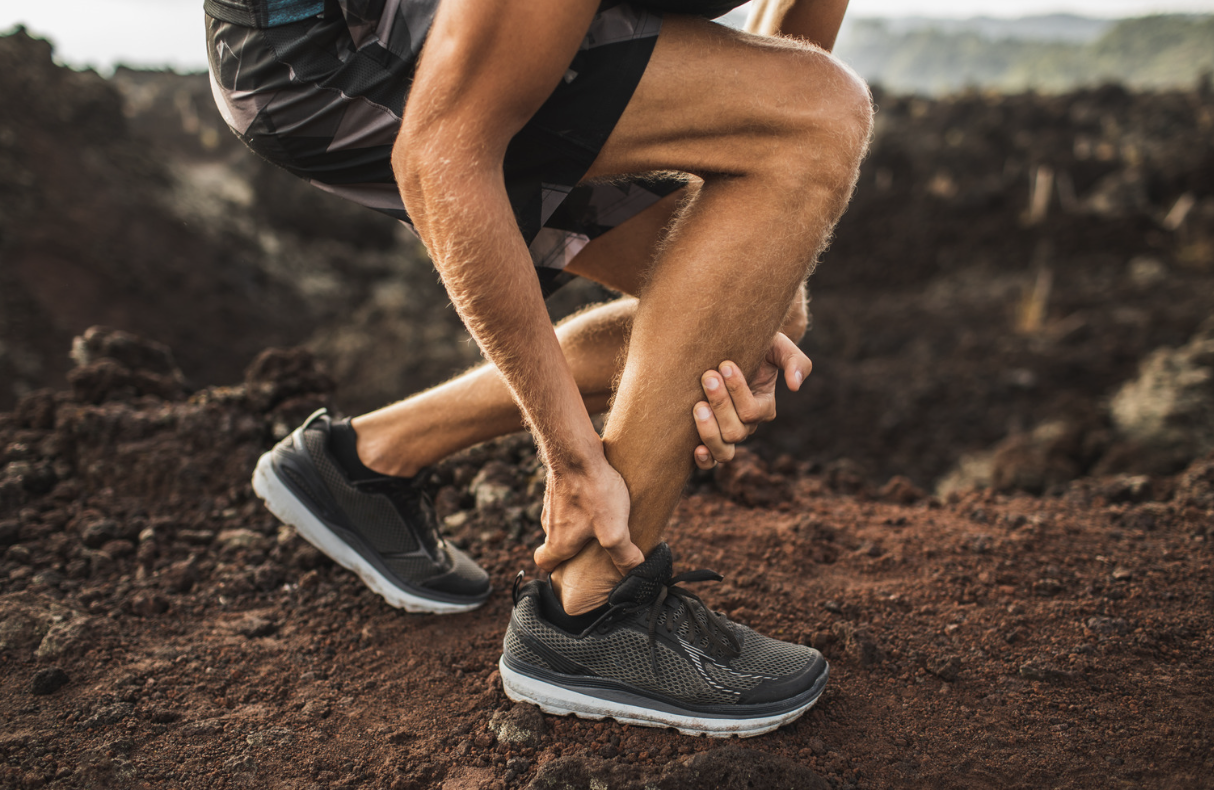BLOG: Diagnosing and fixing a torn Achilles tendon?
Thankfully, a torn Achilles tendon is not an injury that many of us would have to put up with during an amateur sporting career. But if you get one… you really know about it!
The Achilles is just at the back of your heel and travels half way up your calf, below your knee. It helps to point your toes and there are two big muscles that feed into your Achilles tendon.
Tendons should not stretch too much because we want the muscles to do that work.
Pushing off at certain angles and with certain force can create more tension than the Achilles can handle and, as a result, the muscles can’t absorb it and the tendon recoils back into the knee.
Tearing an Achilles tendon can be loud and painful.
This causes a tear or a ruptured Achilles tendon – and you will usually know you have done it.
It will be really painful and you can hear an audible pop, like a massive elastic band snapping! It’s very loud and very painful.
It will be sore afterwards as well. Funnily enough, a full rupture usually causes less pain because it has damaged the nerve endings too.
Crutches
After the rupture, you will be on crutches or in a boot and you’ll have two options.
You can fix it with a surgical option which would see the two broken bits stitched back together - or a non-operative option would be to allow that tendon to recover over time and with a bit of help.
We would set the toes pointing down in a boot, while you bring the toes back over time until they are in a normal position and the tendon is hopefully fixed.
The recovery time is about the same for both options. Professional sportsmen and women tend to go down the surgical option.
More amateur sportsmen or women tend to stay away from surgery.
Surgery
It’s a fairly routine operation now and not the sort if injury that used to end professional careers 25 years ago. Now, there is a very high success rate with few problems.
What does rehab look like?
Well, you are usually in a boot for a while and maybe crutches as well. Your toes will be pointed at first and then into a flatter position.
You can probably start walking sooner if you choose the non-operative option but rehab and how you approach that is key.
You need to gradually build your strength up at the right time, progressing to jumping, hopping and changing direction. You need to set markers – not necessarily time. You cannot go too far ahead and push yourself too much because you risk ruining the whole process.
If you are going through that process of recovery with Optimum, we will text you and send you videos to keep in contact and make sure you are doing the right things at the right time.
Measuring the range of movements you are getting with a tape measure is important. It helps you and us keep tabs on how you are progressing.
Then we have the Gatherer Systems equipment to get more accurate results checking the knee, hips and foot as well.
If you have any questions, please contact Tom at the clinic.
READ MORE: Diagnosing my shoulder pain and how to fix it?
WATCH….


